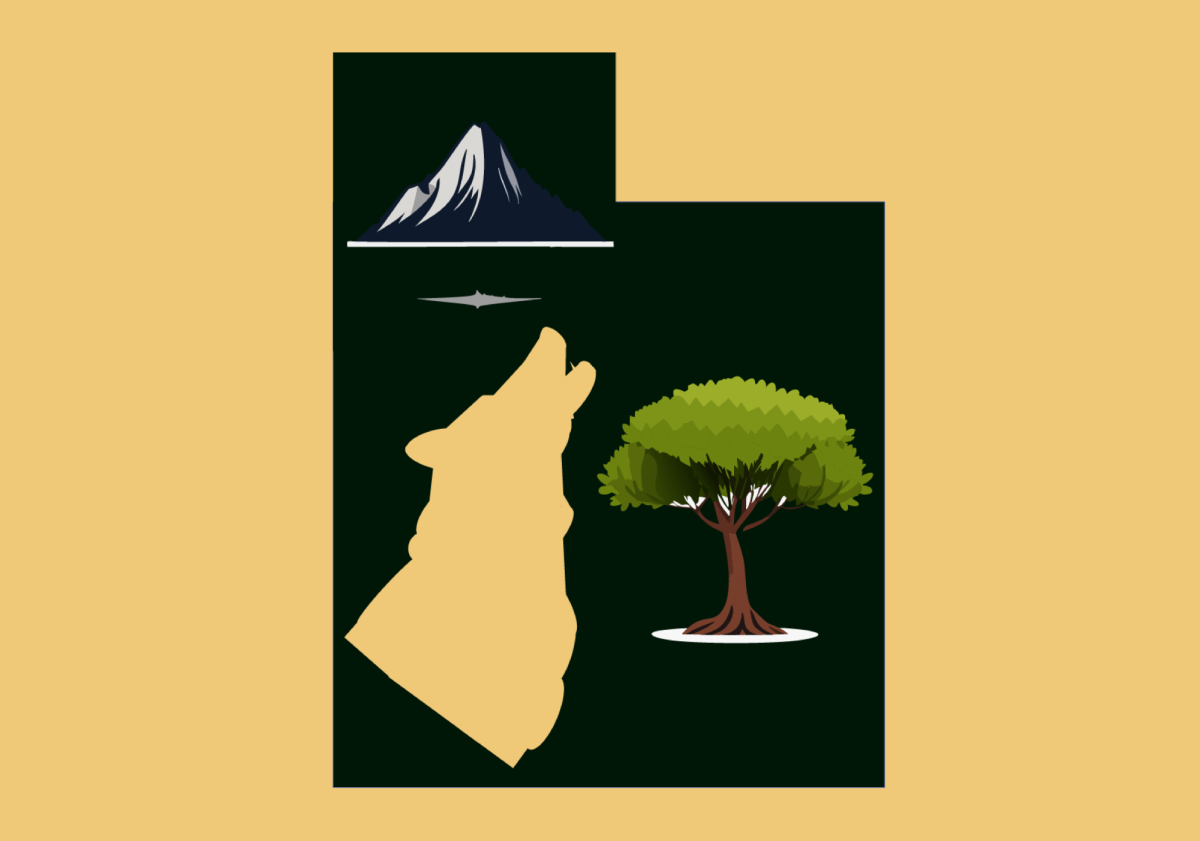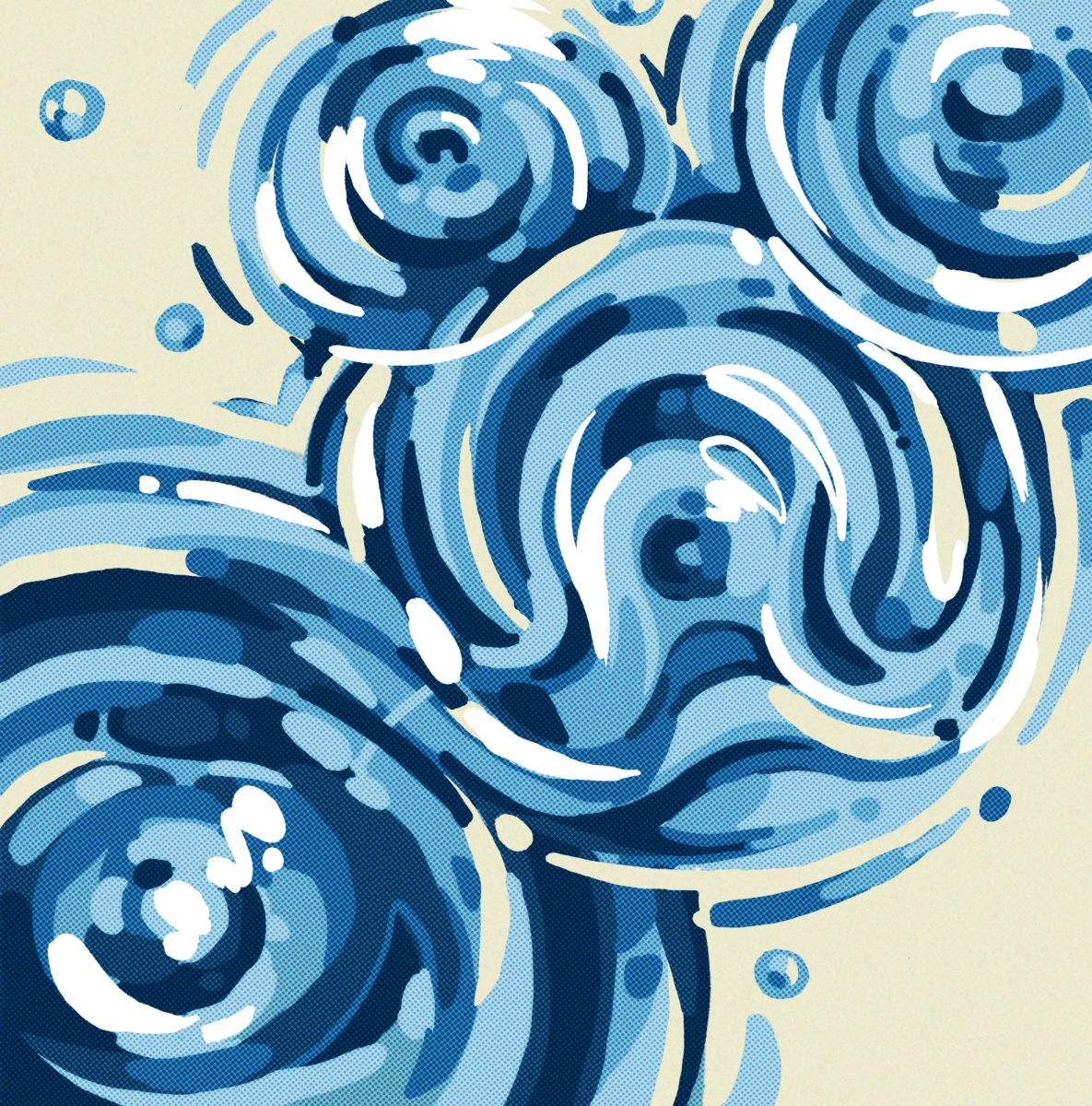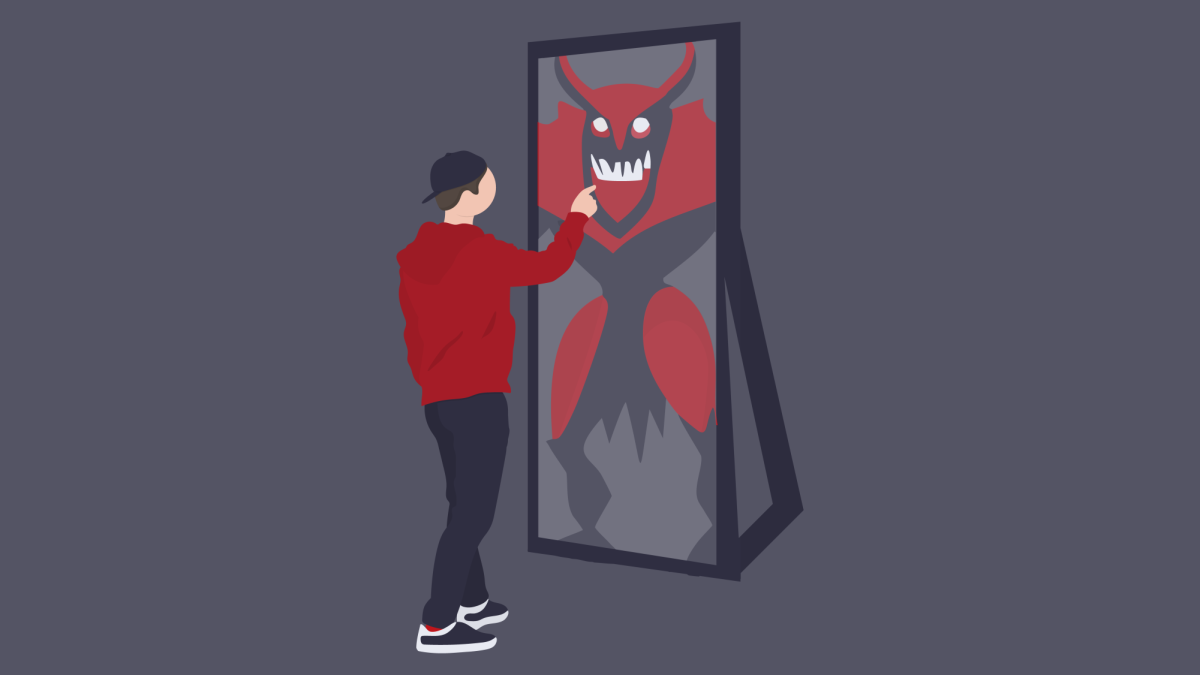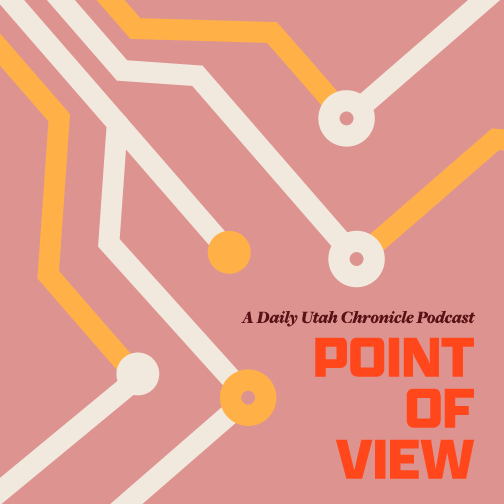All organisms that live, die and return to the soil are recycled into new life. In nature, nothing is wasted. Humans have detached ourselves from all things natural, even in death. We are awakening to the implications of our dissonance from nature, however, and with that understanding comes social responsibility to mitigate some of the negative impact we have on our environment. As we grow increasingly conscious of the connectedness of nature and society, we strive to make better choices in our daily lives and do less to damage the earth — whose health our lives are all dependent upon. There are also choices we can make to counteract some of the negative impact we have on the planet in death.
Humans can be fairly egocentric, and we seem to have an inclination to preserve our legacy and bodies even after death. Why? Why do we insist on pumping our bodies full of harsh chemicals and toxins that leech out into our lavish, $2,000 resource-sap of a coffin, all to be transported to a cemetery, which is little more than an overcrowded landfill for corpses.
Each year, a million pounds of metal, wood and concrete are put into the ground to house dead bodies. U.S. cemeteries bury over 30 million board feet of hardwood and 90,000 tons of steel caskets, 17,000 tons of steel and copper vaults, and 1.6 million tons of reinforced concrete vaults. A single cremation requires two SUV tanks worth of fuel. In life, many of us try to minimize the impact our body has on the environment. This should not cease once we’re done using it.
Although I recognize that death can be somewhat of a macabre subject — and that 20-somethings can sometimes feel invincible — sooner or later, we will all end up facing the same fate. So, we should be invested in improving our society’s current burial processes, which can be exorbitant, expensive, resource intensive and simply outdated. As technology is improving and as our behavior patterns shift in response to the ever-growing “green” movement, we should analyze some of our outdated cultural practices and adopt greener habits.
Now I recognize that burial practices are often intertwined with religious affiliations, and I am sensitive to that; but for those who aren’t tethered to ideology or still opt for an eco-death, there are alternative options. Some of these options include a Bio-Urn that will mix your ashes with seeds, so you can become the nutrients for a tree when you die. Another option in the works is a mushroom suit that will decompose your body. The Urban Death Project is a project that composts the deceased into soil, and creates a “meaningful, equitable and ecological urban alternative for the care of the dead.”
So instead of consuming more resources post-mortem and surrounding yourself with even more concrete (as if you couldn’t get enough of it in our urban jungle), consider a green burial. These processes are meant to naturalize the death process instead of commercializing it. Recognizing impermanence and our place in the natural world with a ritual that allows us to say goodbye to our loved ones by connecting us to the cycles of nature is a way to exit the world as naturally as we entered it.






















